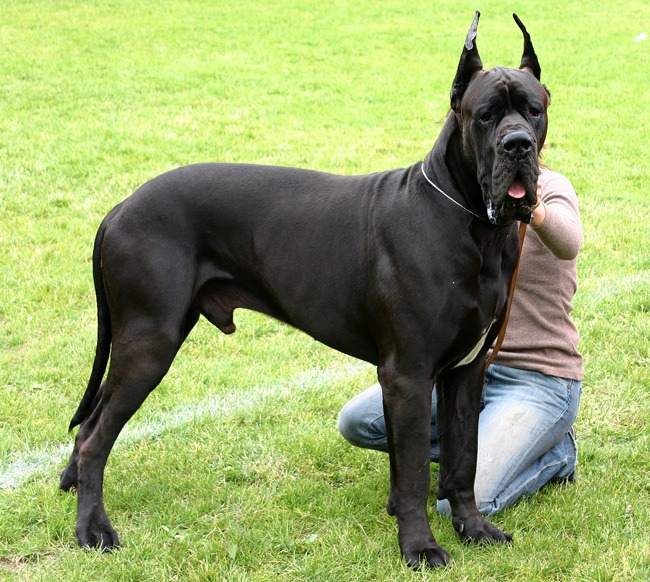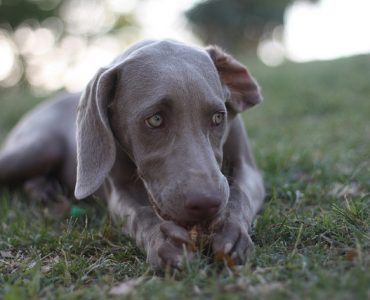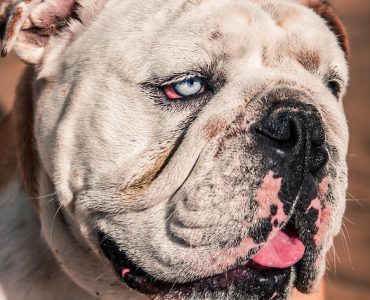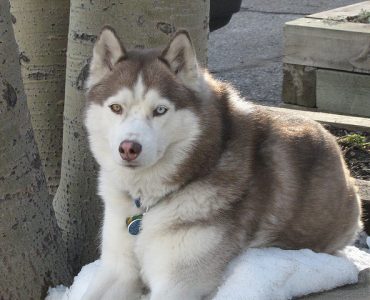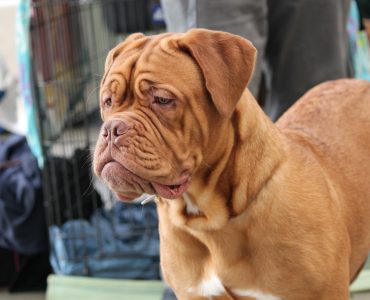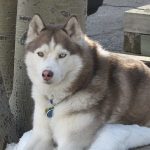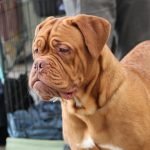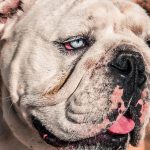The Great Dane is also known as the Danish Hound or German Mastiff. It is recognised immediately because of its huge size but it also has a gentle nature. Despite its name, the breed originates in Germany and historically has been used for hunting. Their great strength enabled them to overpower bears and other large animals. More recently they have been used as tracking dogs and watchdogs.
Whilst large and strong, this is also an elegant breed to look at. Its head is narrow and its neck is long and heavily muscled. Its dark eyes are alert and intelligent and its long pointed ears are traditionally carried erect. Historically the Great Dane would have its ears cropped to make it more difficult for bears and other animals to get hold of them but this practice is now prohibited in many parts of the world. The coat of this dog is short and thick. There are a variety of colours found and these include harlequin, mantle, blue, fawn, black and brindle. The coat is easy to care for as it is short and it sheds an average amount. Bathing such a large dog is a major undertaking and should only take place when necessary.
The Great Dane has a pleasant and kindly temperament and is known as the gentle giant. It is playful with children and displays a great deal of patience. This makes it a good family pet for a family with plenty of space outside but despite its large stature, the Great Dane is actually reasonably inactive indoors compared to other large dogs. Whilst they are used successfully as watchdogs, they do not naturally bark excessively and are aggressive rarely and only when necessary. They may also be as friendly to strangers as to people they know. The Great Dane responds well to training and this should begin when they are young. Training can include teaching the dog to manage its large frame as they have a tendency to lean on people and this can present problems especially with children and the elderly. The owner of the Great Dane must firmly establish himself or herself as the pack leader in order for successful management of this animal. The owner must be consistent and confident else this dog may be aggressive to other dogs.
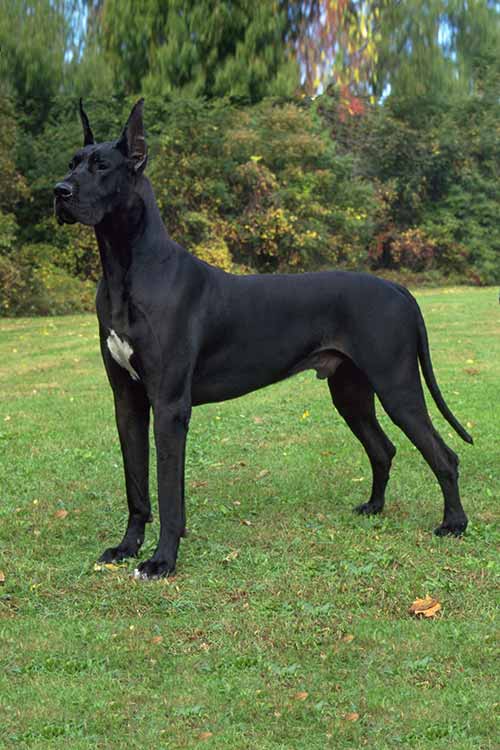
Whilst some Great Danes do live to a ripe old age, the breed is not renown for this. Most live less than 10 years. They are a healthy breed otherwise but are prone to a few common ailments. Hip dysplacia is one and care should be taken to obtain a dog from a reputable breeder. Other problems include tumours and heart disease and even tail injuries. They also have a slow metabolism and this means they will consume less food per pound of body weight than other smaller breeds of dog. The Great Dane needs much attention and frequent exercise. It is only suited to an owner who can ensure it receives a long walk each day.


